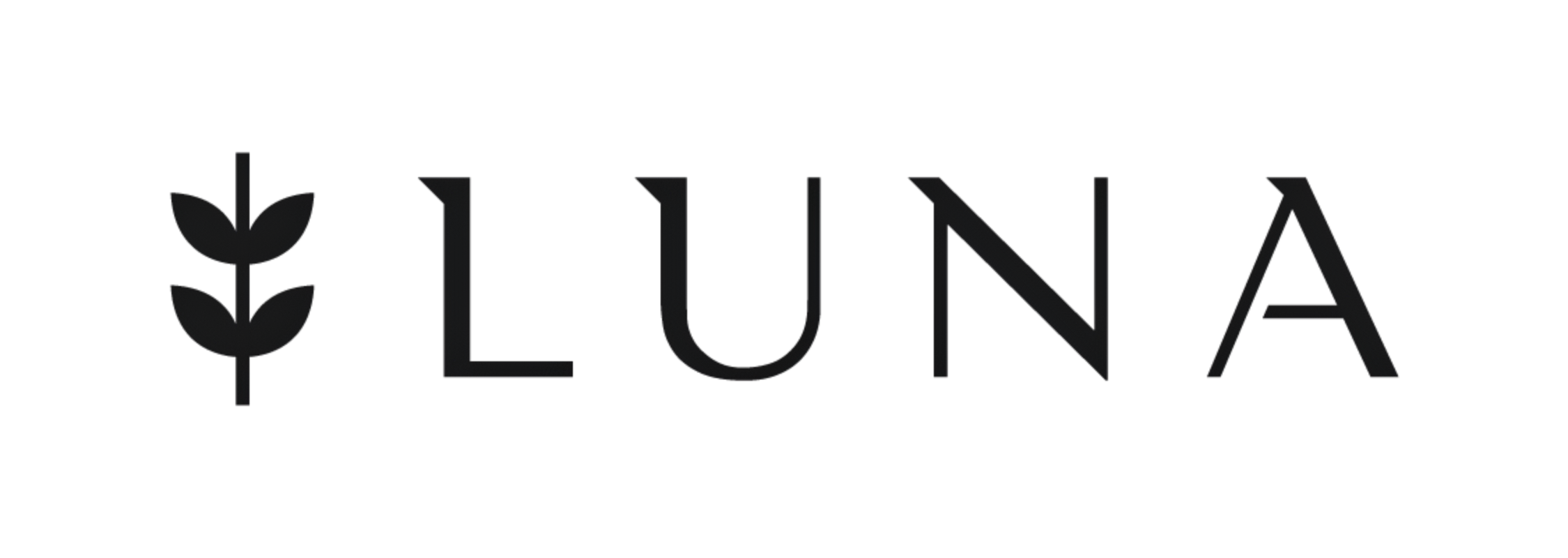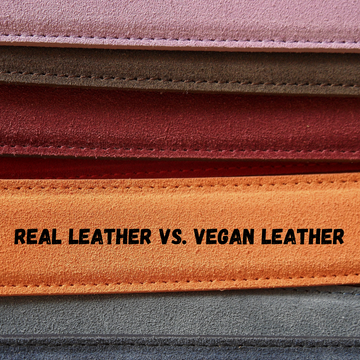In the fashion world, the most recent and hot topic for a while now has been the debate of whether faux or vegan leather is better environmentally or sustainable than genuine animal leather. Vegan leather vs real leather is the most significant comparison people usually have in mind when buying a leather product. However, today brands and fashion designers are concentrating more on sustainability because they are becoming more responsible towards the planet. Various studies conducted on sustainable fashion have concluded that fashion brands are using eco-friendly and sustainable materials to contribute towards saving the world.
Regarding corporate social responsibility, one cannot think about just people and nature; animal welfare and safety are also paramount. However, the meat industry is the biggest culprit of animal rights, but it also has been concluded that it has a substantial negative impact on the environment. But we cannot alone blame the meat industry as the fashion world is closely connected to this problem, as some brands use genuine leather as an essential material for their product. But is leather a sustainable option? The straight answer to this question is a big no. With the help of this blog, we will understand the difference between genuine leather and vegan leather and conclude their environmental impacts.
Comparison Between Real Leather and Vegan Leather:
Vegan Leather:
If you are finding the answer to what is faux leather, then we can explain it to you appropriately. Vegan leather is an artificial material that imitates leather but is made from synthetic or plant-based products instead of animal hides. It is often made of two different plastic polymers, PU and PVC. These materials are mainly used because of their wrinkled texture that helps provide genuine leather's effect. Here the main concern with vegan leather alternatives is how they are manufactured.
Vegan leather is easy to maintain and clean. Pu leather is made from a chemical compound that can be stitched and moulded, similar to leather hide. Although, the product can be treated in a way other than away. Moreover, it can be made very thin without disturbing the originality of the fabric; in addition, PU leather can be made in any colour you want. But people unaware of the PU often think, is polyurethane vegan?
Vegan leather does not use any animal product in its manufacturing, so you can be stress-free as you are not contributing to the animal farming industry by using it. Moreover, vegan leather can be easily replaced as it is made out of a chemical compound in a factory.
Plant-based Alternatives-
As the demand for vegan and eco-friendly leather is high, companies and brands are experimenting with alternatives. Innovative materials like cactus leather, pineapple, and apple leather are plant-based and renewable. However, they are mixed with PVC and PU to provide extended durability.
Benefits Of Vegan Leather-
- The foremost use of vegan leather is that it can be worn without concern for animal welfare.
- Eco-friendly and innovative alternatives are being developed from vegan leather.
Drawbacks of Vegan Leather-
- Most common materials are harming the environment and human health.
- The synthetics like PU and PVC will never biodegrade fully and can contribute to ocean pollution.
Real Leather:
Real leather is often known as a by-product of the meat industry, and one cannot ignore its immense impact on the meat industry. The meat industry is far from ethical and sustainable. But somehow, cattle grazing is related to deforestation, and the industry has become a huge source of greenhouse gasses. It is also studied that the world's global carbon emission is derived from animal agriculture. When we think firmly, we can conclude that there can be an increased carbon emission if all the leftover concealment ends up in landfills. If we believe in another way, only some of the leather used can be considered waste. The selling of animal skin can be profitable for farmers even more than meat which motivates farmers to raise livestock for the primary purpose of selling leather.
To produce leather, the animal hides need to undergo a chemical treatment of multiple steps to prevent rotting. And to perform this, the most common method is to perform chrome tanning. Chrome tanning demands the hide to be placed in a bath of water, chromium salts, and tanning liquor to ensure the skin does not decompose and retain its colour. However, chromium is a highly toxic chemical that can negatively affect human health and the environment. The chromium tanning process can even put the health of traditional leather workers at risk, and poor regulations lead to toxic waste disposal in the background. But an excellent alternative to chrome-tanned leather is vegetable tanning. This ancient tanning method does not include heavy metals and uses tannins from plants and trees.
Benefits of Real Leather:
- Genuine leather is very much durable and long-lasting.
- It is biodegradable.
- Absolute leather ages well, meaning the more you use it, the more smooth it will become.
- As genuine leather is derived from animal skin, it is more breathable than vegan leather, which is made of synthetic fibre.
- Maybe or not, but genuine leather can reduce or prevent waste from the meat industry.
- Believe it or not, real leather clothes like jackets are comfortable, and genuine leather accessories like handbags are pleasing to carry.
- The vegetable-tanned leather is fully biodegradable.
Drawbacks of Real Leather:
- Natural leather is not friendly to the environment, and of course, it leads to animal suffering.
- Leather manufacturing is related to the meat industry, which spills a lot of greenhouse gasses and leads to deforestation.
- Chrome tanning hurts human health and nature.
Which Is The Better Choice? (Real Leather Or Vegan Leather)
Both real and vegan leather has a subtle impact on the environment, but when we think deeply, we will conclude that vegan leather is the best choice. Still, for some people, the definition of genuine leather is real leather. But they need to understand that they can easily choose a vegan lifestyle if they stand against animal cruelty. They can be satisfied that they are now far away from using animal products. One can change to a vegan lifestyle if one gets clothing, accessories, and food options. Vegan leather is an easy way to purchase all the things you can generally use, and you can encourage people to choose vegan products for their betterment.
If we talk about real leather, we all know that real leather is made out of animal skin. Nowadays, people are getting more aware and protesting against animal cruelty, making real leather less demanding. Why will people demand real leather when they are getting a product similar to real leather? Moreover, in some countries, governments have banned animal skin and by-products for making clothes, accessories and other items. In short, there are better choices than real leather. People must be aware of the benefits of vegan leather and must choose its products to contribute to saving the environment.
Final Thoughts:
The debate between genuine and vegan leather is never-ending, but if we think deeply about our environment, we cannot deny that vegan leather is a perfect choice. In the above blog, we have compared the benefits and drawbacks of natural and vegan leather so that you can choose wisely and conclude which is the most durable leather. Moreover, vegan leather is both eco-friendly and pocket friendly. When you use vegan products, you are satisfied that you are contributing to saving the planet and working for the welfare of animals.
Also get some fascinating knowledge about how you can pick up the best Sustainable Bag For You








